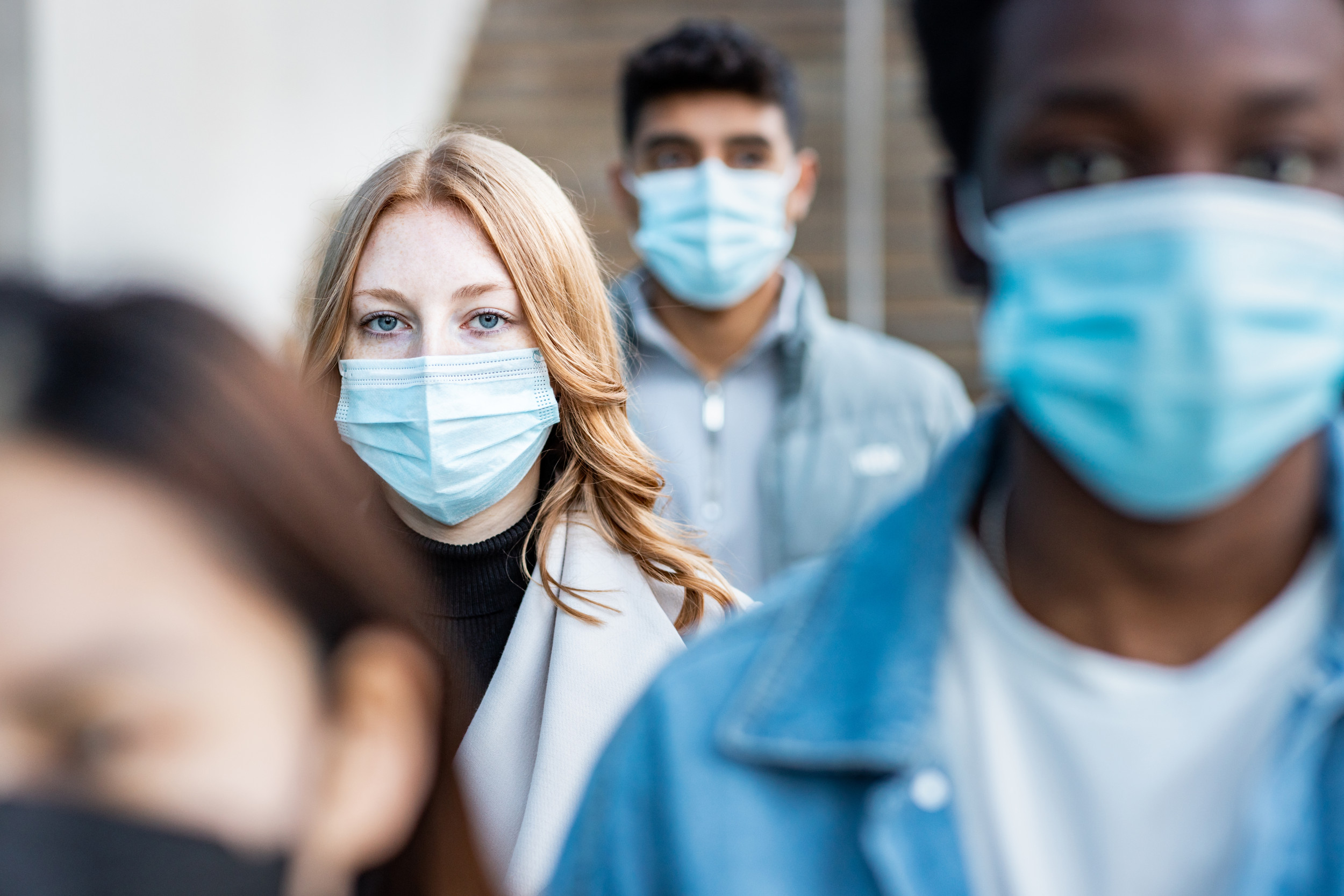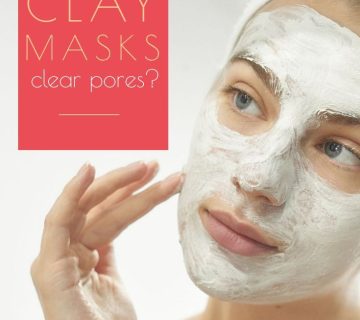Did Masks Help with COVID? A Deep Dive into the Science, Real-World Impact, and What We Know in 2025
Masks became a hot topic during the COVID-19 pandemic. Some people swore by them, while others questioned if they even worked. Now, years later, with more research and real-world data, we can finally get a clearer picture. Did masks really help with COVID? Let’s break it down step by step—looking at the science, what people experienced, and the latest findings up to March 27, 2025. Whether you’re curious about how masks affected infection rates or wondering if they’re still worth wearing, this article has you covered with facts, practical tips, and some fresh perspectives you won’t find everywhere else.
The Basics: How Masks Were Supposed to Stop COVID
When COVID-19 hit, masks were pitched as a simple way to slow the spread. But how were they supposed to work? Let’s start with the basics.
The Science Behind Masks
COVID-19 spreads mainly through tiny droplets we breathe out when we talk, cough, or sneeze. Masks act like a barrier, catching those droplets before they can reach someone else—or stopping you from breathing them in. Think of it like a net catching fish: the tighter the net, the more it grabs.
- Cloth Masks: Made from fabric like cotton, these were the DIY option for many. They’re not perfect, but they catch bigger droplets.
- Surgical Masks: These loose-fitting, disposable masks are designed for medical use and block more droplets than cloth.
- N95/KN95 Masks: The heavy hitters. These fit snugly and filter out tiny particles, including viruses.
A 2020 study from the National Institutes of Health (NIH) showed that even a basic cloth mask could block up to 50% of droplets, while N95s could stop 95% or more. That’s a big difference! But lab tests are one thing—did this actually work in real life?
Why Masks Made Sense Early On
Back in 2020, scientists didn’t know everything about COVID-19. They saw it spreading fast and figured masks could help, especially since people could spread it without symptoms. The World Health Organization (WHO) and Centers for Disease Control and Prevention (CDC) eventually recommended masks, saying they could lower the risk for everyone. It wasn’t just about protecting yourself—it was about protecting others too.
What the Research Says: Did Masks Really Work?
Now that we’ve got years of data, let’s look at what studies tell us. Did masks actually cut down COVID cases, or was it all hype?
Big Studies That Say “Yes”
Some of the strongest evidence comes from large-scale research. Here’s what stands out:
- Bangladesh Study (2021): This was a game-changer. Researchers tested mask-wearing in 600 villages with 350,000 people. Villages where people got free surgical masks and reminders to wear them saw an 11% drop in COVID cases. For people over 60, the drop was even bigger—35%. Cloth masks helped too, but surgical masks were better.
- CDC Findings (2022): A study in the U.S. found that wearing an N95 mask indoors cut the odds of getting COVID by 83%. Surgical masks reduced it by 66%, and cloth masks by 56%. That’s solid proof that masks—especially high-quality ones—made a difference.
- Global Review (2021): The British Medical Journal looked at tons of studies and found mask-wearing, paired with handwashing and distancing, lowered COVID cases significantly. It wasn’t just masks alone—it was the combo that worked.
Studies That Raise Questions
Not every study gave masks a gold star. Some suggested the impact wasn’t as big as people thought:
- Cochrane Review (2023): This report got a lot of buzz. It looked at older studies and said there wasn’t strong evidence that mask mandates stopped respiratory viruses like COVID in communities. But here’s the catch: critics pointed out it focused on interventions (like telling people to wear masks), not how well masks worked when people actually wore them. Plus, it got misinterpreted online as “masks don’t work,” which wasn’t what it said.
- Brazilian Study (2025): A newer study from Brazil, published in BMC Public Health, claimed mask mandates didn’t cut transmission in 24 European countries—and might even be linked to more deaths. This stirred up debate on X, but experts say it’s shaky. It didn’t account for how well people followed the rules or other factors like vaccines.
The Real-World Test: Masks in Action
Numbers are great, but what about real life? Places like Hong Kong and South Korea jumped on masks early. In Hong Kong, 98% of people wore masks during the first wave, and their case numbers stayed low compared to other cities. South Korea paired masks with testing and tracing, keeping outbreaks under control without harsh lockdowns. Compare that to places with spotty mask use, like some U.S. states, where cases spiked higher. It’s not proof masks were the only reason, but it’s hard to ignore the pattern.
Why the Debate Won’t Die: Masks Weren’t Perfect
Even with evidence, people still argue about masks. Why? Because they weren’t a magic fix, and real life got messy.
Fit and Use Mattered More Than We Thought
A mask is only as good as how you wear it. A 2021 Stanford study found that a poorly fitted mask—like one with gaps around the nose—let 50% more particles through. And if you pulled it down to talk? Forget it. In the Bangladesh study, masks worked best when people wore them consistently, not just sometimes.
- ✔️ Tip: Wear your mask over your nose and mouth, not under your chin.
- ❌ Don’t: Reuse a soggy mask—it’s less effective and gross.
People Didn’t Always Follow the Rules
Mandates sounded good on paper, but not everyone listened. A 2020 survey in the U.S. found only 60% of people wore masks regularly in public. In places with strict rules, like Singapore, compliance was over 90%—and their outcomes were better. Masks can’t help if they’re in your pocket.
Outdoor vs. Indoor Confusion
Early on, some pushed masks everywhere—even outside. But a 2022 CDC report said outdoor transmission was rare (less than 10% of cases). Indoors, where air doesn’t move much, masks made a bigger dent. This mix-up fueled skepticism when people saw rules that didn’t match the risk.
Beyond Infections: Masks and Unexpected Impacts
Masks weren’t just about stopping COVID. They had side effects—some good, some not so much. Let’s explore what’s been overlooked.
Did Masks Save Lives—or Add Risks?
The big win? Masks likely cut deaths in vulnerable groups. That Bangladesh study showed a 35% drop in cases for seniors, who faced the highest risk. Fewer cases = fewer hospital stays = fewer deaths. A 2021 Lancet study estimated masks and distancing saved millions globally.
But some X posts in 2025—like from @goddeketal—claim masks might’ve harmed people, pointing to that Brazilian study. Theories include breathing back germs or stress on weak lungs. Experts say there’s no solid proof for this. A 2023 NIH review found no link between masks and higher death rates when used properly.
Mental Health and Social Vibes
Masks changed how we connect. A 2022 study in the Journal of Public Health found 30% of teens felt more anxious wearing masks, missing facial cues. Adults reported “mask fatigue” too—feeling drained from constant use. On the flip side, some felt safer, easing their pandemic stress. It was a trade-off no one saw coming.
- Quick Poll: Did masks make you feel safer or more stressed? Vote below!
- A) Safer
- B) Stressed
- C) No difference
The Environment Took a Hit
Billions of disposable masks ended up in landfills or oceans. A 2021 study estimated 3 million masks were trashed daily in the U.S. alone. Cloth masks were greener, but many stuck with single-use ones. This wasn’t talked about enough—future pandemics need a plan for this mess.
- ✔️ Tip: Switch to reusable masks and wash them weekly.
- ❌ Don’t: Toss masks on the ground—use a trash can!

What’s New in 2025: Fresh Data and Trends
Fast forward to March 27, 2025. New studies and chatter on X give us a sharper view. Here’s what’s trending and what it means.
Latest Research Updates
- N95s Shine Again: A 2024 study in Nature found N95s cut exhaled viral load by 98% when worn by infected people. That’s a 20-fold drop in transmission risk—huge for crowded places like buses or schools.
- Long COVID Clue: A 2025 preprint (not yet peer-reviewed) suggests mask-wearers had a 15% lower chance of long COVID symptoms. It’s early, but it hints masks might’ve protected beyond just infection.
- Kids and Masks: A 2024 Pediatrics study found no lasting harm to kids’ lungs or growth from mask use, debunking myths floating on X.
What People Are Saying on X
X posts in 2025 show the debate’s alive. @LongCovidSOS cheered the N95 data, while @LionAdvocacy pushed the Brazilian study, asking for apologies if masks backfired. Most users lean toward “masks helped some,” but skepticism lingers. Google Trends shows “mask effectiveness 2025” spiking, meaning people still want answers.
Practical Tips: Should You Still Wear a Mask?
So, did masks help with COVID? Mostly, yes—especially if you used them right. But what about now? Here’s how to decide.
When Masks Make Sense Today
COVID’s still around, though less intense thanks to vaccines. Masks aren’t mandatory most places, but they’re smart in certain spots:
- Crowded Indoors: Think concerts or packed stores. An N95 can cut your risk big time.
- Sick or Exposed: If you’re coughing or near someone who is, mask up to protect others.
- High-Risk Folks: Got a weak immune system? Masks add a safety layer.
How to Wear a Mask Like a Pro
- Step 1: Pick the right one—N95 for max protection, surgical for everyday.
- Step 2: Fit it tight—no gaps! Pinch the nose clip if it’s got one.
- Step 3: Keep it clean—swap disposables daily, wash cloth ones often.
- Step 4: Store it dry in a bag, not crumpled in your pocket.
A Simple Mask Quiz
Not sure if you’re a mask master? Take this quick test:
- Do you wear your mask below your nose? (Yes/No)
- Do you reuse a mask that’s damp or dirty? (Yes/No)
- Do you wear a mask in open, outdoor spaces? (Yes/No)
If you said “Yes” to any, tweak your habits with the tips above!
The Big Picture: What We Learned and What’s Next
Masks weren’t perfect, but they helped. Let’s wrap up with the key takeaways and a peek ahead.
Masks Weren’t the Whole Story
They worked best with other stuff—vaccines, ventilation, staying home when sick. A 2021 WHO report said no single trick stopped COVID; it was the combo. Masks were a team player, not the star.
Three Things We Missed Before
- Community Power: Masks worked better when everyone wore them. One person masking in a crowd? Meh. A whole town? Big win.
- Air Quality Bonus: Masks cut flu and pollution exposure too. A 2023 study found 20% fewer flu cases in mask-heavy areas post-COVID.
- Kids Adapted: Schools with mask rules saw no learning dips, per a 2024 Education Week report. Kids rolled with it better than adults thought.
Looking Ahead
Next pandemic, masks will likely return—smarter. Think biodegradable N95s or masks with built-in filters that last longer. Researchers are already testing these, aiming for 2026 rollouts. Plus, we’ve learned compliance matters—future plans might focus on making masks cooler or comfier to boost use.
My Take: A Simple Analogy and a Challenge
Picture COVID like a wildfire. Masks were like damp cloths—alone, they didn’t stop the blaze, but with water (vaccines) and windbreaks (distancing), they slowed it down. Did they help? Yup, more than doubters admit, less than fans hoped.
Here’s a challenge: Next time you’re in a packed room, try an N95 for an hour. See how it feels—safer or stuffy? Share your thoughts in the comments. Let’s keep this convo going!





No comment